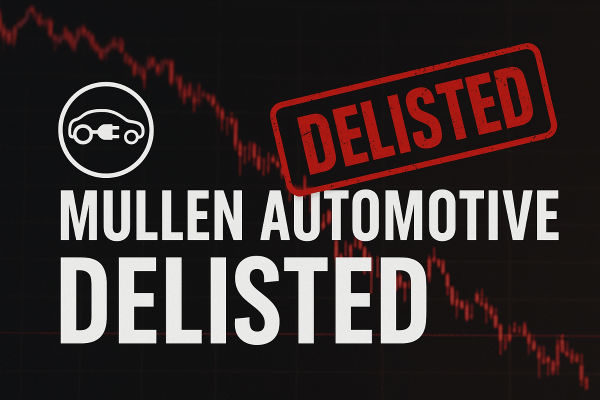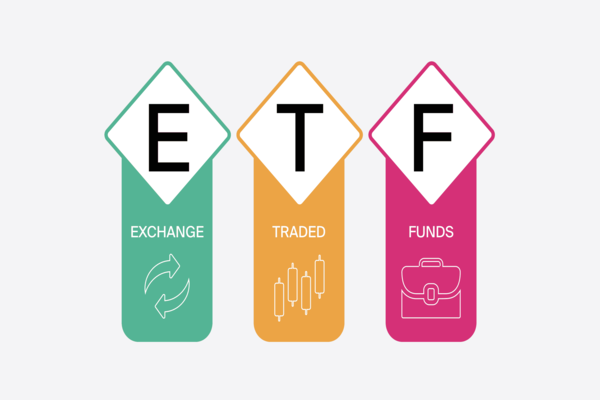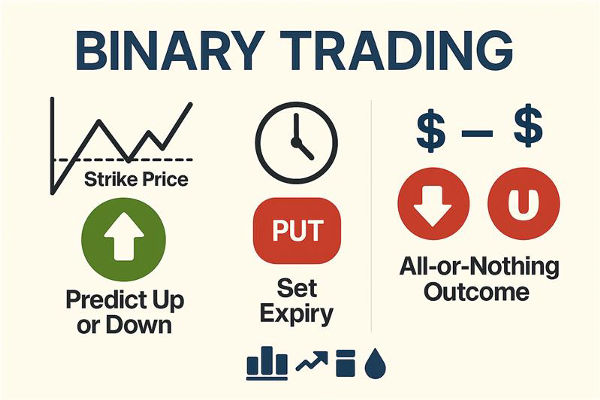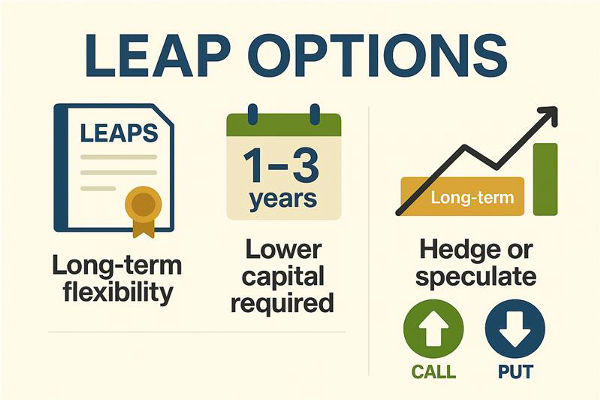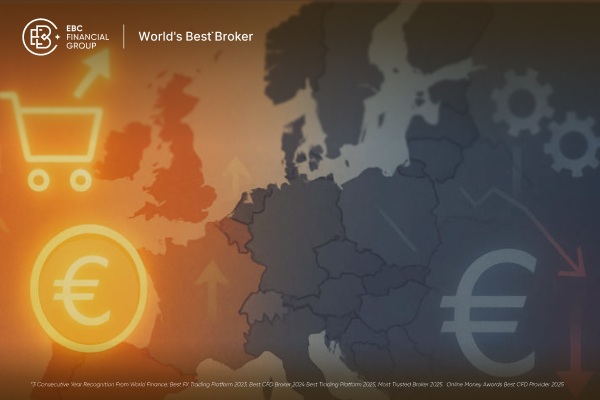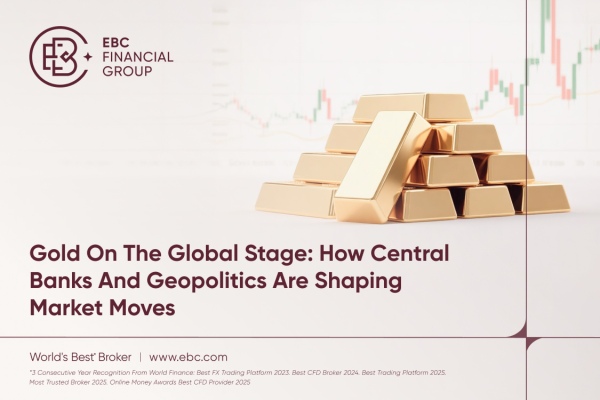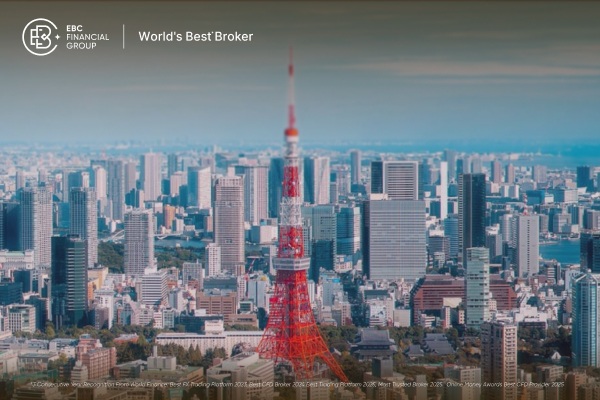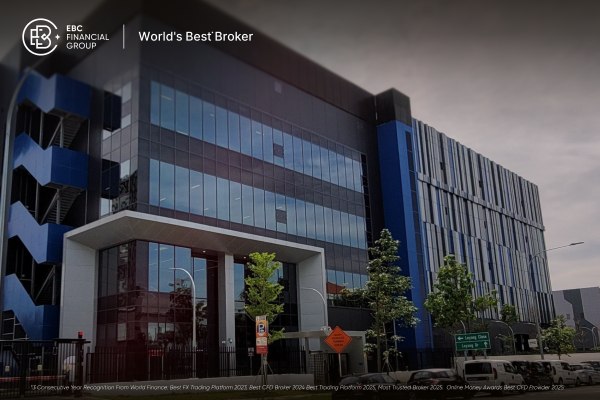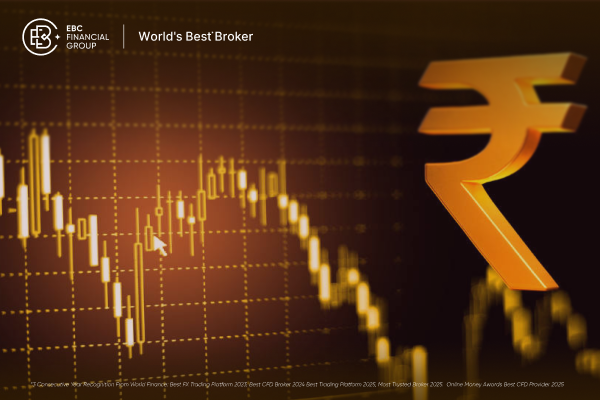From shouting brokers in crowded pits to silent servers executing millions of trades per second, stock exchanges have undergone a remarkable transformation. What began as wooden tables and handwritten ledgers has evolved into global, data-driven ecosystems that power modern finance.
For context, stock exchanges have revolutionised from physical meeting spots for brokers (Amsterdam's 1602 trade and the NYSE Buttonwood Agreement in 1792) into global, electronic, multi-asset marketplaces run by high-speed algorithms, massive ETFs and increasingly hybridised infrastructure that's experimenting with blockchain tokenisation.
Today's exchanges handle vastly larger market capitalisation, record ETF/IPO activity, and feature technologies and regulations that would have been unimaginable a generation ago.
How Have Stock Exchanges Changed Over Time? Historical Viewpoint
| Year / Period |
Milestone |
Why it matters (short) |
| 1602 |
Dutch East India Company issues tradable shares (Amsterdam) |
Often cited as the first modern joint-stock company and the origin of continuous secondary trading. |
| 1792 |
Buttonwood Agreement (New York) |
Foundation document for what became the NYSE and early formalisation of broker rules and organised trading in the U.S. |
| 1971 |
NASDAQ launched as first electronic stock market |
Introduced automated quotation and trading which paved the way for electronic order books and later algorithmic trading. |
| 1990–1993 |
First ETFs launched (Canada 1990; SPY listed 1993 in US) |
ETFs created a new, exchange-traded wrapper that transformed passive investing and exchange product flows. |
| 1990s–2000s (gradual) |
Electronic trading & algorithmic market-making scale |
Progression from telephony to electronic order books, matching engines, smart-order routing and HFT; lowered spreads but added new fragility vectors. |
| 2000s–2020s |
Explosion of ETFs, derivatives growth, consolidated data businesses |
Exchanges evolved into data/infrastructure providers; ETF AUM and derivatives volumes reshaped market structure. |
| 2010s–2020s |
Listing diversification, retail participation, fractional shares |
Commission-free apps, fractionalisation and retail momentum changed intraday volumes and behavioural patterns. |
| 2020s (2023–2025) |
Tokenisation pilots & settlement experiments (DTCC, exchanges) |
Market infrastructure pilots for tokenised securities aim to shorten/atomic-settlement and enable new fractional models — pilot → production transition in late-2020s expected. |
| 2024–mid-2025 (context) |
Global AUM and market scale: record AUM; very large global equity market cap |
By mid-2025 global AUM reached about $147 trillion; global public equity market cap in 2025 estimated in the low-to-$120s trillion range. |
The earliest recognisable exchange activity occurred in European trading halls and coffeehouses where merchants met to trade bills, bills of exchange and shares of trading companies.
The launch of tradable shares by the Dutch East India Company in 1602 is often seen as the beginning of modern equity markets; the Amsterdam exchange enabled ongoing secondary trading for shareholders for the first time.
Over the next two centuries, exchanges like London and then New York formalised trading rules, membership, and later central clearing to reduce counterparty risk. The NYSE famously traces its institutional beginning to the 1792 Buttonwood Agreement. These milestones created the legal and operational DNA that modern exchanges still reference.
What changed after that was the gradual modernisation of market structure (continuous trading, rules, specialist systems), followed by a revolution in communications and computing in the late 20th century that set the stage for today's real-time, global marketplaces.
The Three Big Revolutions That Rewired Stock Exchanges
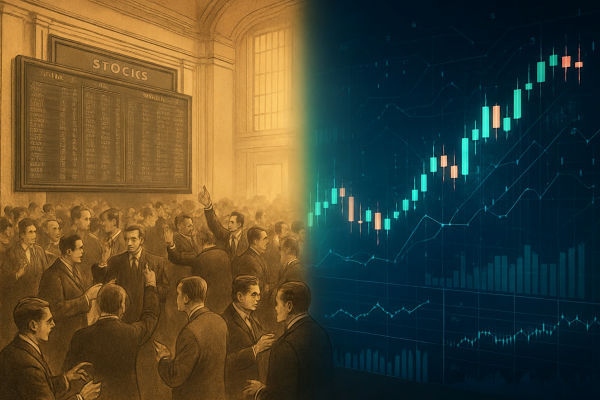
1. Democratisation & Listing Growth (19th–20th Centuries)
Capital formation expanded as corporations listed and retail investors gained access. Exchanges standardised disclosure, underwriting and regulatory reporting.
2. Electronic Trading & Automation (1980s–2000s)
Telephony gave way to electronic order books, matching engines, and remote access, immensely shrinking spreads and increasing trade volume.
3. Product Innovation & Market Plumbing (2000s–2025+)
ETFs, derivatives, high-frequency market making, and now tokenisation and asset-digitisation have changed what exchanges trade and how they settle positions.
Stock Exchange Scale Today: Markets, AUM and IPOs
Stock exchanges now sit at the centre of an enormous global capital ecosystem. Global assets under management reached record levels in 2025, with McKinsey estimating global AUM at approximately $147 trillion by mid-2025, and passive ETF/indexing assets being a significant influence. [1]
The Investment Company Institute indicates that the total assets in indexed mutual funds and ETFs are rising, with indexed assets and ETFs surpassing several trillion dollars.
Meanwhile, global IPO activity surged in 2025: EY recorded stronger Q3 2025 IPO volumes and Renaissance Capital tallied roughly 170 IPOs in 2025 (year-to-date figures vary by source). [2]
These numbers indicate exchanges not only as trading venues but also as primary capital-raising platforms.
How Stock Trading Changed?

The switch from human market-making to electronic order books and algorithmic liquidity provision is among the most visible changes.
Firstly, electronic matching engines and smart order routing mean orders can be sliced and executed across venues in microseconds. High-frequency trading (HFT) firms and algorithmic market makers now account for a substantial share of volumes in many developed markets.
Industry estimates and market research reports indicate that HFT's footprint accounts for a significant portion of U.S. market activity. North America held a substantial HFT market share in 2024–25, and this trend is expected to persist in 2025 and beyond. These firms shifted markets from human negotiation to machine optimisation, compressing bid-ask spreads while also altering liquidity dynamics during stress.
Two consequences matter most:
Liquidity on normal days improved (tighter spreads, deeper books).
Fragility in extremes increased (flash crashes and liquidity vacuums when algorithms withdraw).
Regulators and exchanges responded with circuit breakers, volatility controls, and requirements for liquidity provision to mitigate those risks.
The Evolution of Stock Exchange
ETFs and Derivatives
Exchanges today host far more than single-stock trading. Exchange-traded funds (ETFs) exploded into the mainstream over the past two decades and are now a dominant product class.
ETFs enable investors to acquire collections, factor exposures, commodities, and even digital assets through regulated structures; ETF assets and flows in 2025 remain a key factor in exchange operations.
At the same time, derivatives markets (options, futures, swaps, centrally cleared) expanded significantly in notional values, serving as the foundation for hedging and speculation in contemporary finance.
Tokenised Assets
Additionally, a recent frontier is asset tokenisation: institutions and market infrastructures (e.g., DTCC, major exchanges, and clearinghouses) are piloting tokenisation projects to represent equities, bonds and funds as digital tokens on distributed ledgers.
The DTCC and many exchanges are exploring how tokenised securities could offer faster settlement, atomic transfers, and new fractionalisation models while preserving regulatory controls.
Industry papers in 2025 highlight that tokenisation is no longer theoretical as pilots and production projects are underway across Europe, North America and Asia. It is likely the next step in the evolution, altering custody, settlement and fractional ownership mechanics.
Settlement and Clearing: From T+X to Near-Instant
Settlement speed improved dramatically. Historically, settlement risk (the chance one party fails to deliver) was a limiting factor, which is why centralised clearinghouses arose.
Over the past two decades, most major equity markets shortened settlement cycles to T+2, and some actors pushed for T+1 or even same-day and near-real-time settlement experiments.
Tokenisation promises to move settlement toward atomic (instant) transfer in some markets, eliminating intermediary steps and reducing counterparty exposures. However, regulatory, legal and interoperability questions remain before full adoption.
Who Uses Stock Exchanges Today and How That Changed Investor Behaviour
Three user groups now dominate exchange activity:
1. Institutions and Asset Managers
Passive investing and ETFs, which now constitute a significant portion of AUM, direct substantial inflows through exchanges.
Managers increasingly use smart order routing and algorithmic execution to minimise market impact. McKinsey and ICI data show record AUM and rising indexed ETF assets in 2025.
2. Prop Shops and HFT Firms
They provide liquidity, arbitrage price inefficiencies across venues and time zones, and operate at speeds human traders cannot match. Their role is central to intraday liquidity, but it becomes controversial when markets are stressed.
3. Retail Investors
Retail involvement surged after 2010 through the introduction of commission-free applications and fractional shares.
Retail activities, including meme stocks, options trading, and retail-fueled IPO enthusiasm, have altered volatility patterns and established new communication pathways between firms and investors.
Exchanges reacted by adding retail-friendly products and educational resources. Together, these groups make markets deeper in ordinary times but more interconnected and sensitive to cross-asset and cross-border shocks.
What Is the Future of Trading Technology?
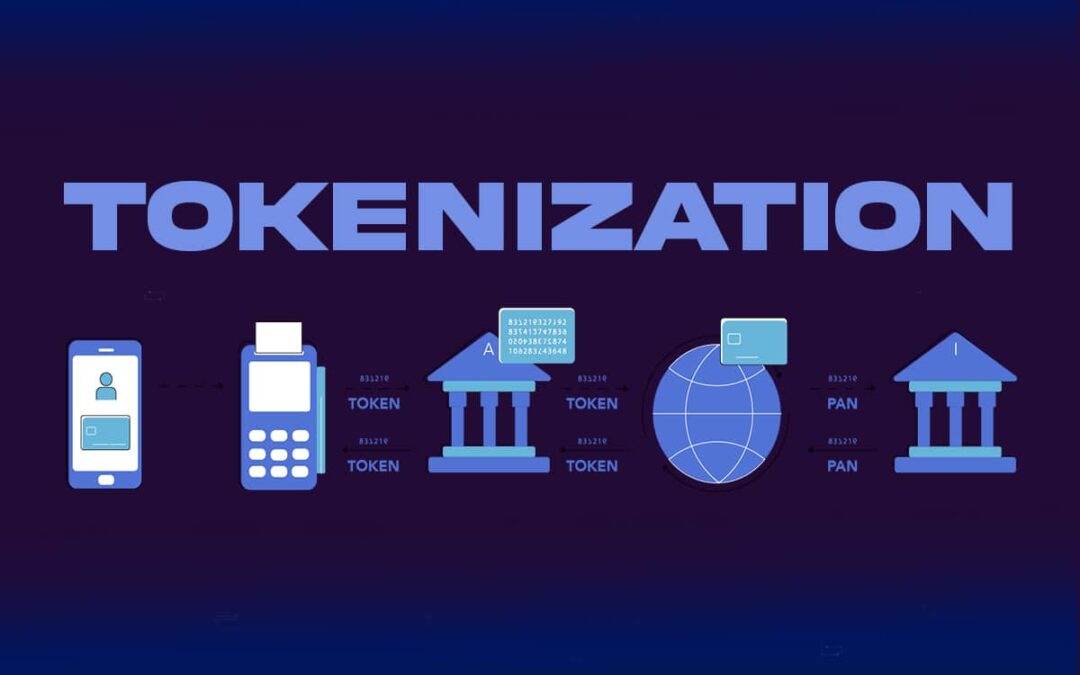
Looking forward, the most consequential change may not be another speed improvement but a change in what exchanges do. Exchanges are becoming data, technology, and infrastructure firms as much as matchmakers. They sell market data, cloud services, and clearing technology; they host smart-order routers and analytics. [3]
Tokenisation and programmable securities could let exchanges support fractional ownership, 24/7 trading windows for certain assets, and embedded settlement logic. But adoption hinges on legal recognition of digital securities, interoperability among systems, and scalable custody solutions.
Key infrastructure entities and custodian networks are currently testing these models in 2025; the transition from pilot phase to production is expected to occur in the late 2020s.
Five Indicators to Watch if You Want to Follow Stock Exchange Evolution
1) ETF flows & AUM growth
2) IPO and listing activity
3) Volume share of algorithmic/HFT trading
4) Progress on tokenisation pilots
5) Regulatory initiatives and consolidated tape projects
Frequently Asked Questions
Q1: Are Exchanges Still Relevant in a Decentralised Crypto World?
Yes. While decentralised finance offers alternate trading models, regulated exchanges provide crucial trust, custody, and legal frameworks for large institutional capital.
Q2: Is HFT Bad for Investors?
HFT compressed transaction costs and improved liquidity on normal days, but it also increases fragility in stress.
Q3: Will Stock Exchanges Become 24/7?
Some products (crypto, tokenised instruments) can trade 24/7, but most regulated equity markets will likely keep defined trading sessions because regulated settlement and market-supervision windows still matter.
Conclusion
In conclusion, while the mechanics of trading have shifted from human negotiation to digital precision, the mission of stock exchanges in connecting ideas with capital remains timeless. The next chapter will likely unfold not on trading floors, but on distributed ledgers.
For investors, the key lesson is straightforward: utilise the resources (affordable ETFs, improved execution, and fresh issuance methods) while acknowledging the emerging risks (algorithmic vulnerability, token custody concerns, regulatory unpredictability).
Disclaimer: This material is for general information purposes only and is not intended as (and should not be considered to be) financial, investment or other advice on which reliance should be placed. No opinion given in the material constitutes a recommendation by EBC or the author that any particular investment, security, transaction or investment strategy is suitable for any specific person.
Sources
[1] https://www.mckinsey.com/industries/financial-services/our-insights/asset-management-2025-the-great-convergence
[2] https://www.ey.com/en_gl/newsroom/2025/10/global-ipo-market-surges-amid-rising-investor-confidence-in-q3-2025
[3] https://www.dtcc.com/dtcc-connection/articles/2025/october/08/understanding-asset-tokenization-a-practical-shift-in-finance-b8p41i5aw













